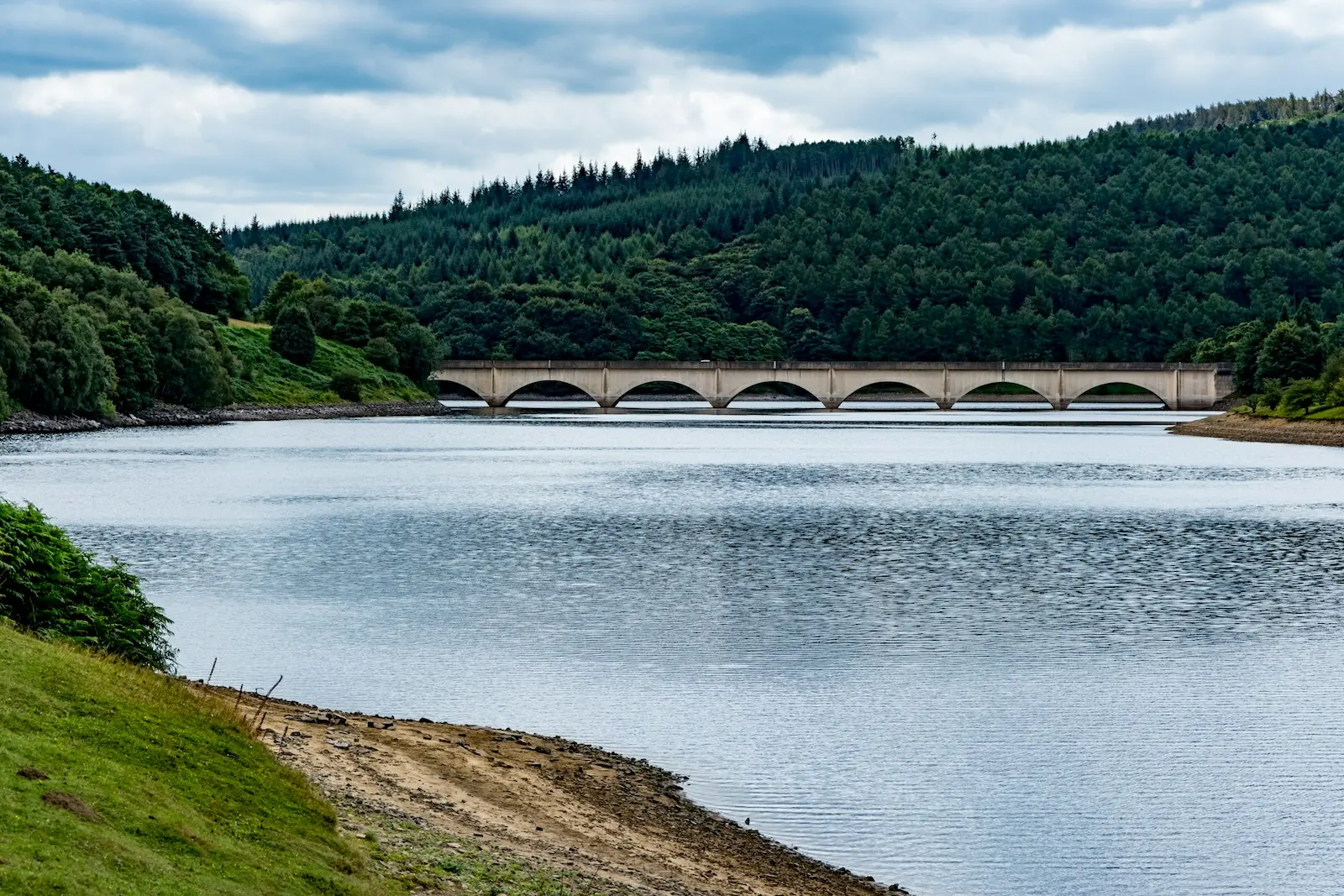If your company wants to compare different water suppliers with a view to possibly changing yours, there are many things you may take into account.
The most obvious of these are price and performance: Does a potential new supplier offer a cheaper deal and will it provide a good service in terms of sustaining supply keeping the water quality high and fixing any engineering problems that arise swiftly?
Beyond this, you may undertake a broader examination of a supplier. Is the company financially sound? (as Thames Water has shown, this is not always a given). And does it have a poor environmental record? (Thames was among those recently fined by Ofwat for pollution incidents, along with Yorkshire Water and Northumbrian Water).
Apart from these issues, one may ask how the company is preparing for the future. Does it have some major necessary engineering works on the way? Is it building new capacity into the system to ensure water supplies for many years to come?
The second of these questions may have been of interest when the general election campaign was on.
Not All About Reservoirs
While the issue of sewage dumping in rivers gained the most attention, not least as Liberal Democrat leader Ed Davey sought to draw attention to it with various water-based stunts, others will have noted a comment in the Labour Party manifesto about the fact no new reservoirs had been built in England in the past 30 years.
As we have stated before, this is technically true but not the whole picture, as several new reservoirs are on the way, with a major row erupting over one recently approved reservoir near Abingdon in Oxfordshire to serve the Thames Water region, despite objections from local groups and the Campaign to Protect Rural England.
However, not all the work water companies can do to improve or secure water supplies involves building new reservoirs. Indeed, in Cumbria, United Utilities is heading in a very different direction.
In the days before the Lake District was designated a national park in 1951, there was some consternation at the damming of a couple of its lakes to provide water for Manchester.
While the gravity-driven Thirlmere aqueduct, dating from 1894, was a marvel of engineering, the damming of the existing lake and, subsequently, Haweswater, meant abandoning whole villages and, some would argue, detracting from the natural beauty of the area.
What Will Happen To Ennerdale Water?
However, what United Utilities is doing now is doing the opposite with Ennerdale Water. This lake, on the western fringes of the national park, has also long been used as a reservoir for west Cumbria, although the dam is small and acts like a weir as the water of the outflowing River Ehen runs over the top, only slightly raising the water level.
United Utilities has moved away from using Ennerdale Water for supplies, following the establishment of a new pipeline that takes water northwards from Thirlmere via Keswick and out to western areas of the county. Consequently, it is now consulting locally on plans to return the lake to its natural state before the dam was built.
As the News and Star notes, the plans have drawn a mixed reaction so far, with some concerns about what the impact would be on nature, local watersports users and those who enjoy the shoreline for leisure.
Paradise Lost, Or Found?
Ennerdale Water is already, dam notwithstanding, arguably the most untouched lake in the national park, being alone in not having a road alongside it. Beyond the Bowness Knott car park and the Ennerdale Youth Hostel, there is only a track road up through the Ennerdale Forest, with a four-mile trek to the famous Black Sail Hut.
Chairman of Ennerdale and Kinniside Parish Council Julian Thursz highlighted this point as he remarked: “What concerns me slightly is the absence of clarity to what the end state for the public is going to be.”
He added: “People come to Ennerdale because it is Ennerdale – it’s not Ambleside or Windermere. It is the last unspoilt lake,” expressing some concern that the infrastructure might end up having a “commercial use” not in keeping with its character.
That the future of Ennerdale Water is being debated at all in this way has only occurred because of a significant change in the way water is supplied to West Cumbria. It has not come about by adding a new reservoir, but by making better use of surplus from an existing one.
Therefore, when considering issues of water infrastructure, it is worth looking beyond whether a supplier is involved in building a new reservoir to how they may be making better use of their existing supplies or developing different infrastructure to offer new opportunities, including the re-wilding of what were originally natural lakes.



